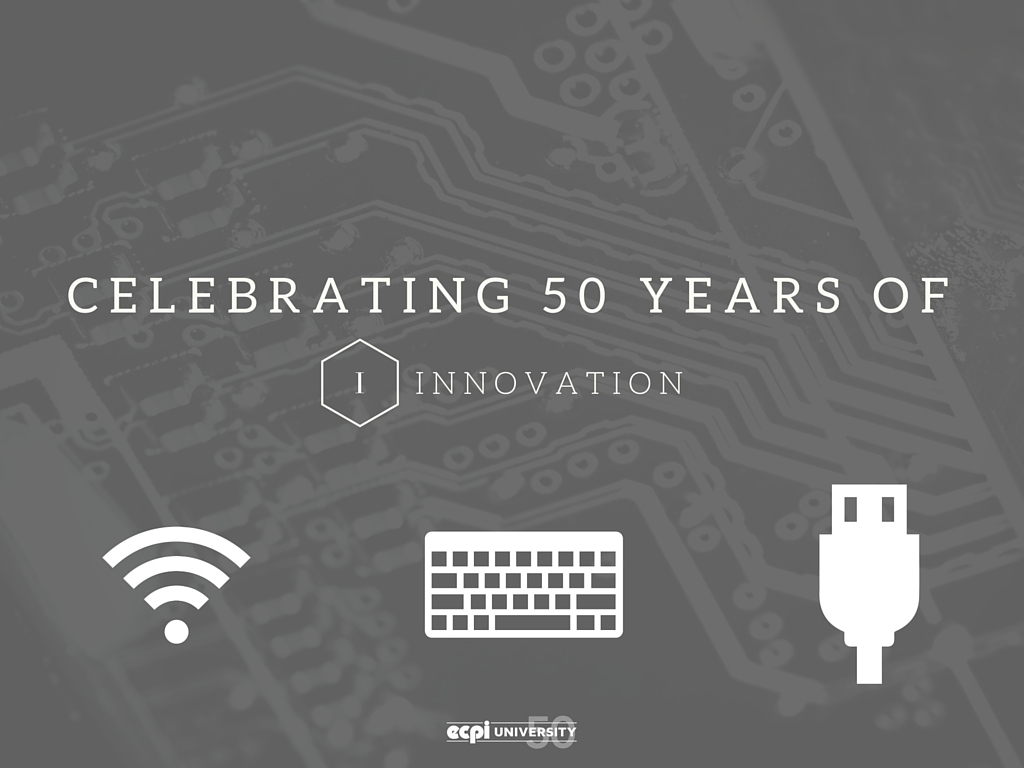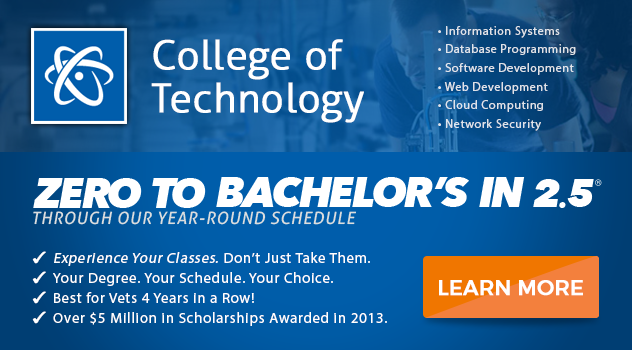Celebrating 50 Years of Innovation!
ECPI University and America’s Technological Revolution
The year 1966 was one of transition, linking the old with the new. On one hand, technology was still in its infancy. In fact, color TVs were just starting to become popular and affordable. On the other, a dizzying array of companies and organizations were investing tremendous amounts of time and money on research. Medical and technological advancements were much anticipated, people eagerly awaiting the next big breakthrough.
As research birthed all kinds of new technologies, the workplace began to change. Companies needed technically-skilled workers to program computers and help produce cutting-edge products. ECPI University founder Alfred Dreyfus saw what was happening, and by opening the school, was able to meet the needs of a growing number of employers seeking top talent.
Throughout the subsequent 50 years, ECPI University has continued to align its programs with the needs of employers and escalating applications of technology. It’s a bit enlightening to look back and appreciate how far civilization has come over the past half century. Here is just a small snapshot, one spectacular development for every year since ECPI University first opened its doors.
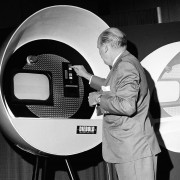
1966 – World’s first ATM displayed at the American Bankers Association annual meeting in San Francisco.
This weird looking device was born out of the need to obtain cash after banking hours.
1967 – Dr. Christiaan Barnard performs the world’s first heart transplant operation in Cape Town, South Africa.

1968 – Allen K Breed invents an airbag that deploys and inflates automatically on violent impact using nitrogen gas.
People had been working on airbag technology before Breed. But his invention was a breakthrough.
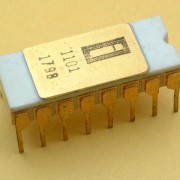
1969 – The first microprocessor is produced, paving the way for the computer revolution.
The microprocessor is the basis of modern computers.
1970 – The LCD (liquid crystal display) is invented by Hoffmann-La Roche in Switzerland.
1971 – IBM begins producing floppy disks to store information.
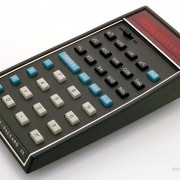
1972 – First scientific hand-held calculator (HP-35) introduced (price $395)
The first hand-held calculator came with a power cord to charge it.
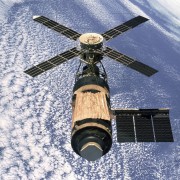
1973 – Skylab, America’s first space station, is launched.
Skylab ended its orbit in 1979.
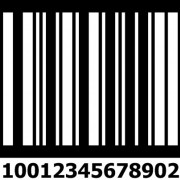
1974 – The first item marked with a UPC (barcode) is scanned at a supermarket in Troy, Ohio.
The first item scanned was Wrigley Juicy Fruit gum.
1975 – Home videotape systems are developed in Japan by Sony.
1976 – Apple computers is founded by Steve Jobs and Steve Wozniak
1977 – The first MRI Scanner is tested in New York.
1978 – The video game Space Invaders is created by Tomohiro Nishikado.
1979 – VisiCalc becomes the first spreadsheet program.
1980 – Digital Equipment Corporation, Intel and Xerox introduce the DIX standard for Ethernet.
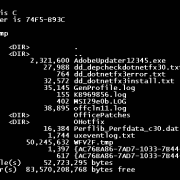
1981 – MS-DOS is released by Microsoft.
MS-DOS stands for "Microsoft Disk Operating System"
1982 – Genetic engineering paves the way to make available human insulin produced by bacteria.
1983 – Microsoft Word is first released
1984 – The first Apple Macintosh goes on sale.
1985 – Microsoft Corporation releases the first version of Windows, Windows 1.0.
1986 – British Surgeons perform the first triple transplant (Heart, Lung, and Liver).
1987 – The first criminal conviction takes place using DNA evidence.
1988 – First transatlantic fiber optic cable laid able to carry 40,000 telephone calls simultaneously
1989 – The first of 24 satellites of the Global Positioning System is placed into orbit.
1990 – IBM introduces the 16 megabit chip, a device with four times the capacity of the most advanced chips of the day.
1991 – The internet is made available to unrestricted commercial use with the number of computers online reaches 1 million.
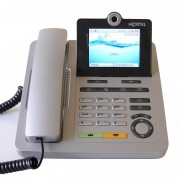
1992 – AT&T releases the first video phone for $1,499.
The VideoPhone 2500 was not very commercially successful, selling only about 30,000 units.
1993 – The first cloning of a human embryo by 2 American Scientists.
1994 – Java programming language first released from Sun Microsystems.
1995 – eBay begins online auctions, selling goods and services across the globe.
1996 – Internet host computers rises from 1 million to 10 million.
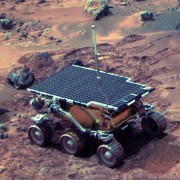
1997 – Mars Pathfinder lands on the surface of Mars.
The Mars Rover, Pathfinder, touched down on July 4, 1997.
1998 – Google is founded.
1999 – The "Melissa" e-mail virus, infects more than 1 million computers worldwide, causing more than $80 million in damage and clogging up E-Mail Systems around the world.
2000 – The Human Genome Project releases its first working draft sequencing the human genome.
2001 – 50 countries sign the Convention on Cybercrime in hopes of reducing the amount of crime committed through the internet.
2002 – A Tactical High-Energy Laser shoots down an artillery shell in the first successful testing on this new technology.
2003 – Apple launches iTtunes and sells 10 million songs within 4 months.
2004 – NASA announces it has detected signs that water once covered a small crater on Mars.
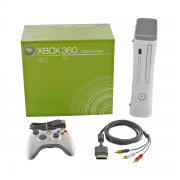
2005 – Microsoft releases the Xbox 360 gaming console.
Microsoft sold an estimated 84 million units of this console
2006 – The one billionth song is purchased from Apple iTunes.
2007 – Apple introduces the iPhone.
2008 – The Large Hadron Collider (LHC), a 17-mile-long looped track, accelerated two beams of particles to 1.2 trillion electron volts and then smashed them together, thus becoming the world's highest energy particle accelerator.
2009 – Scientists find water on the Moon.
2010 – Apple releases the iPad.
2011 – The first synthetic organ transplant is successfully completed in Sweden when surgeons transplant a synthetic trachea into a patient.
2012 – Instagram releases a version for the Android operating system.
2013 – Google releases prototype of Google Glass to tepid reviews.
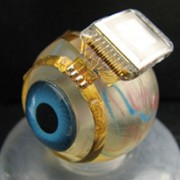
2014 – The Argus II Bionic Eye makes its debut. A video signal from a camera built into sunglasses wirelessly transmits images to implants in the retinas of people who have lost their vision.
The device is used to treat people with the disease retinitis pigmentosa.
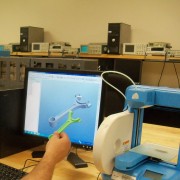
2015 – 3D printers become affordable to consumers with models starting as low as $150
3D printers were first made available to the public in 1988 and cost thousands of dollars.
2016 – The first successful launch and landing of a reusable rocket.
We want to thank everyone who attended our presentation at ECPI University on Monday. It was an amazing success!!!
— FTI (@Found_Tech) May 7, 2014
Much like 1966, it seems the world is once again poised for a transition of sorts. Wherever that leads, there is little doubt that ECPI University will be there, adapting and evolving to reflect the times and needs of the modern workplace.
It could be the Best Decision You Ever Make!
DISCLAIMER – ECPI University makes no claim, warranty, or guarantee as to actual employability or earning potential to current, past or future students or graduates of any educational program we offer. The ECPI University website is published for informational purposes only. Every effort is made to ensure the accuracy of information contained on the ECPI.edu domain; however, no warranty of accuracy is made. No contractual rights, either expressed or implied, are created by its content.
For more information about ECPI University or any of our programs click here: http://www.ecpi.edu/ or http://ow.ly/Ca1ya.


